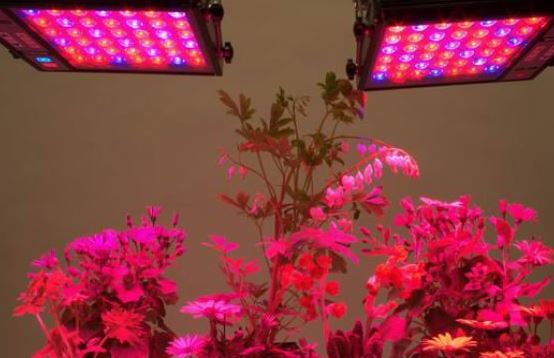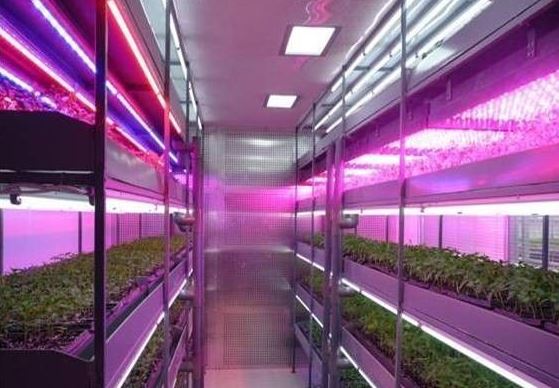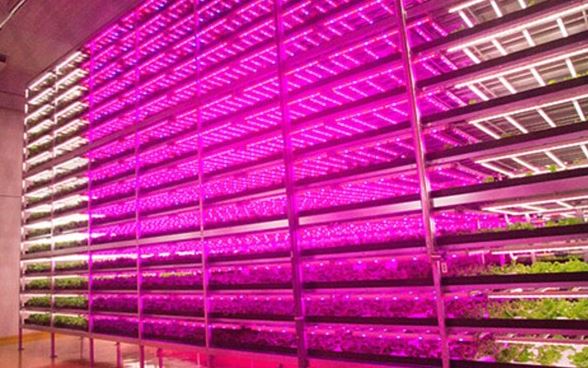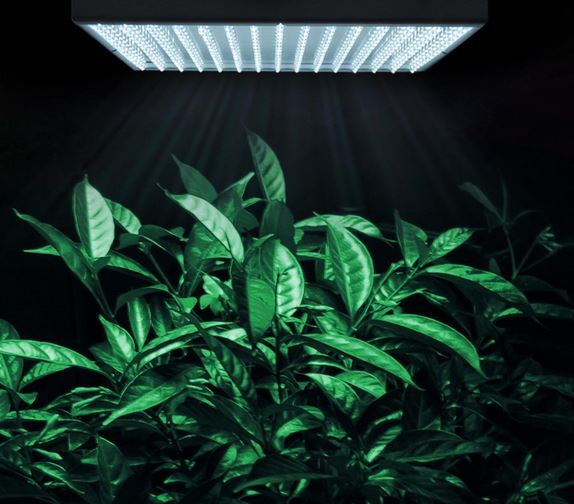What Does PAR Mean and Why is it Important?
Regardless of whether you’re a beginner indoor grower or you’ve had plenty of experience, some of the few basic associations and terms can take a while to comprehend fully. For the most part, growers don’t have degrees in botany hence little refreshing information is always useful. The better versed you are to the principles of chemistry and botany, the better off you’ll be as a grower.

PAR basically stands for photosynthetically active radiation and this is among the most important concepts to grasp as a beginner. In simple terms it stands for an acceptable wavelength range for photosynthesis. Different life forms require different lightning sources to assist in the growth process and we as humans are not as sensitive to certain lights from the overall spectrum – some of these lights are absolutely essential to plants. For instance, plants need lightning between 400nm to 700nm for photosynthesis and to ensure maximum growth.
Additionally you have to remember that plants need very specific ranges of spectra for different functions as time goes by. If we take a plant is in its seeding stage, in most cases it’s best to utilize lightning in the 450nm range. As that same plant starts growing into its flowering stage, it needs more light from the 660nm spectrum. What all of this translates to in practical terms is how when you use grow lights with adjustable wavelengths, you can produce the most fruitful, healthiest plants and shorten the timeframe it takes for you to bring them there.

You’ll also have to consider the crop type you’re dealing with because the way a plant responds to different lightning spectra will depend upon it’s species as well as the leaf positioning.
If you go overboard at first and give your plant too much lightning at a shorter wavelength you could wind up damaging its cells; conversely, shorter wavelengths might result in increased growth – it depends on the plant and lightning used. Generally speaking longer wavelengths won’t provide the energy necessary for photosynthesis but there are other responses triggered as a result.
The bottom line is each individual plant has its own PAR needs and as long as you make sure those needs are satisfied by providing the right lightning you can expect favorable results from the start. When you take all these different factors in consideration, you’re basically left with the conclusion that growth light selection is crucial. Plenty of companies out there are building innovative tools and LED grow lights which allow you to meet your plant’ needs regardless of growth stage.

If you’ve already purchased a lighting system and you’re confident it has everything you need to get those desirable results, there are simple tools called quantum sensors which allow you to measure the PAR intensity for your lightning system. This will eventually help you figure out whether your plant is getting enough of the right lightning or if it’s getting too much; allowing you to adjust at the right time. Get this right and you’ll achieve those desirable results.
If PAR is so Important, Is Wattage Nearly Irrelevant?
Contrary to popular belief, the wattage of an LED grow light does not always necessarily mean it’s comparable to another of the same wattage. For example, the Area 51 RW-150 uses around 150 watts of energy, whereas the Global Star Global Star G02-50x6w is said to be a 300 watt panel – meaning it uses twice as much energy as the RW-150. One might assume that since the Global Star uses more energy, it’ll perform better. Not true. The Area 51 RW-150 outperforms most (possibly every) panel in it’s wattage range, and for good reason – it’s a quality build.

When it comes to growing indoors using LED, more important and relevant factors need to be taken into consideration besides wattage. Factors like PAR rating, coverage, brand of parts, are all much more important than simply wattage alone. These details aren’t always available from some manufacturers, leaving it a bit difficult to get an idea of how certain fixtures compare to others. But that’s where we come in. With our reviews, we try to differentiate the pros and cons between lights.





